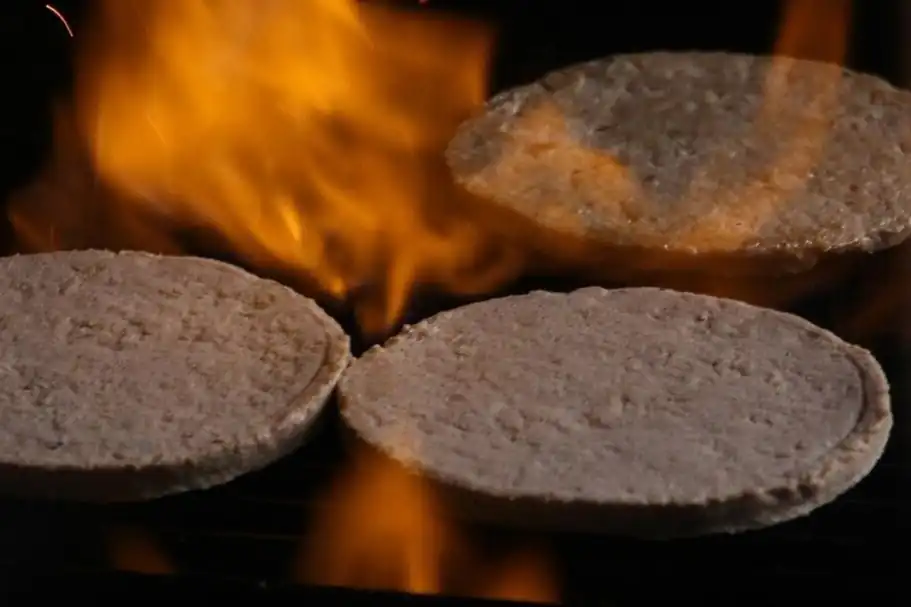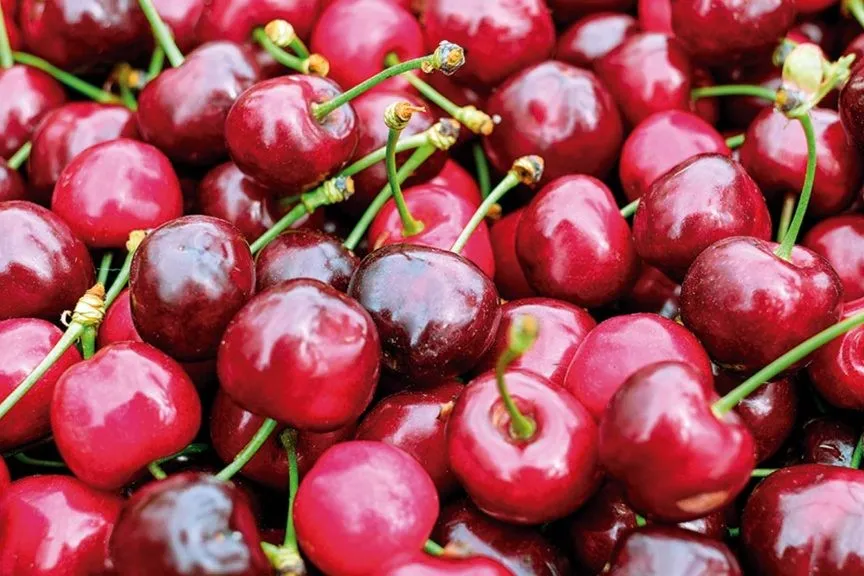
Alessandro Palmieri - University of Bologna (IT)
Cherry Times technical-scientific committee
Globalisation and the emergence of new consumption patterns are progressively reshaping consumer behaviour. In China, for example, increasing affordability and health consciousness are leading to a growth in demand for fresh fruit. As a result, however, consumers are becoming less sensitive to the seasonality of produce, which translates into a demand for fresh fruit available all year round.
With regard to cherries, the need to maintain year-round supply availability for Chinese consumers is achieved by alternating local product obtained in the open field (May to July) with greenhouse-grown product (March and April) and supplementing the supply with substantial imports mainly from Chile, the United States and Turkey, both by ship and by air.
Specifically, in 2019, out of a total of 622,000 tonnes of cherries consumed, 25% was domestic product from the open field, 44% from domestic origin grown in greenhouses and 31% from imports from third countries.
As can be guessed, the consequences of this consumption pattern can be significant in terms of environmental costs. By means of the spatio-temporal LCA (Life Cycle Analysis) model on a seasonal scale, therefore, the environmental impacts due to different types of cherry consumption in China have been measured, assessed through some of the main environmental indicators.
Among these, the best known and most significant is the one related to the quantity of greenhouse gases (GHG) emitted, measured through the GWP (Global Warming Potential) indicator, which considers the potential contribution to the greenhouse effect of the molecules of each gaseous species present in an atmospheric emission.
There are a total of 13 consumption patterns considered, resulting from the combination of the production of fruit in the open field and greenhouse in the provinces of Shandong and Liaoning, distributed by land and air, and the import of fruit (grown in the open field) from Chile, the United States and Turkey, distributed by sea or air. The point of arrival for all types of consumption considered is the city of Beijing.
The inventory data required to perform the LCA were collected by analysing the production processes in sample companies, located in China and in the 3 supplier countries considered, for both the production and packaging phases. To the emissions calculated for these two phases, emissions from the above-mentioned sources and modes of transport were added.
In this way, it was possible to define the environmental impact, in terms of greenhouse gas emissions, of the consumption of non-seasonal cherries, either from local or imported greenhouse cultivations, in comparison to the consumption of seasonal products.
 Image 1: GHG emissions of the different cherry consumption patterns considered.
Image 1: GHG emissions of the different cherry consumption patterns considered.
The results in terms of GHG emissions are shown in Figure 1. As can be seen, the GWP of the different models considered varied widely, from 1.33 to 6.38 kg CO2-eq. The lowest emissions are recorded for local field crops, which manage to stay below 2 kg CO2-eq, even if they are transported by air, and also for Chilean imported fruits, provided they are transported by sea.
At the other end of the spectrum, the highest emissions come from Chilean cherries imported by air, but only a little further down is the greenhouse production in Shandong, whose impact in the agricultural phase is by far the highest of the cases considered due to the coal used for heating.
At the production level, in China, the highest emissions are from fertiliser and pesticide inputs, while in the other supplying countries, especially Chile and the United States, it is the impact of mechanisation that weighs heavily on emissions. The impact of transport can be very considerable, but highly variable: among the cases considered, it ranges from less than 1% to over 75% of the total emissions of each consumption pattern.
Summing up on the basis of the emissions of individual models, the volumes of cherries consumed and their temporal distribution, almost 1.3 million tonnes of CO2-eq were emitted in China in 2019. About 1/3 of the emissions came from local open field production, 45% from local greenhouse production and the remaining 22% from imported product.
 Image 2: Cherry consumption and GHG emissions per month in China (year 2019).
Image 2: Cherry consumption and GHG emissions per month in China (year 2019).
Figure 2 shows the monthly distribution of consumption and related emissions. Considering as 'out-of-season' the production of greenhouse fruits, the emission gain due to non-seasonal consumption thus amounts to 45%, while considering the concept of local seasonality and thus including imported produce, the emission gain rises to 67%.
In conclusion, several considerations can be made. Firstly, it is of great importance to improve the efficiency of orchard management, the impact of which on total emissions is nonetheless significant, and differences are evident when comparing, for example, Chile and China. For greenhouse production, it is basic to limit the impact of heating, favouring the use of greener fuels.
In the distribution phase, on the other hand, it is undoubtedly necessary to favour low-impact transport systems, such as those by sea, over high-impact ones, such as air. In the consumption phase, finally, it may be useful to introduce a labelling system that discloses the environmental impact of the production and distribution process, coupled with appropriate pricing policies, in order to raise awareness and sensitivity to the environmental consequences of a deseasonalised consumption pattern of fresh fruit.
Source: Xin Xiong, Junyi Shen, Yan Hao, Lixiao Zhang, Rui Zhao, Shoujuan Tang, Xinqing Li & Zhimin Shi (2023). How seasonality affects the environmental performance of fresh appetite: Insights from cherry consumption in China. Journal of Environmental Management, 327
Cherry Times - All rights reserved













